 Shutterstock
Shutterstock
Dogs thrive on fresh air, new scents, and plenty of physical activity, all contributing significantly to their happiness and well-being. However, with busy schedules and urban lifestyles, many dogs may not get the outdoor time they truly need. Spending time outside provides essential mental and physical stimulation, allowing dogs to explore, play, and release any pent-up energy. Regular outdoor adventures are not only fun but also vital for keeping dogs content, engaged, and in top health, regardless of their age or breed.
Excessive Barking or Whining
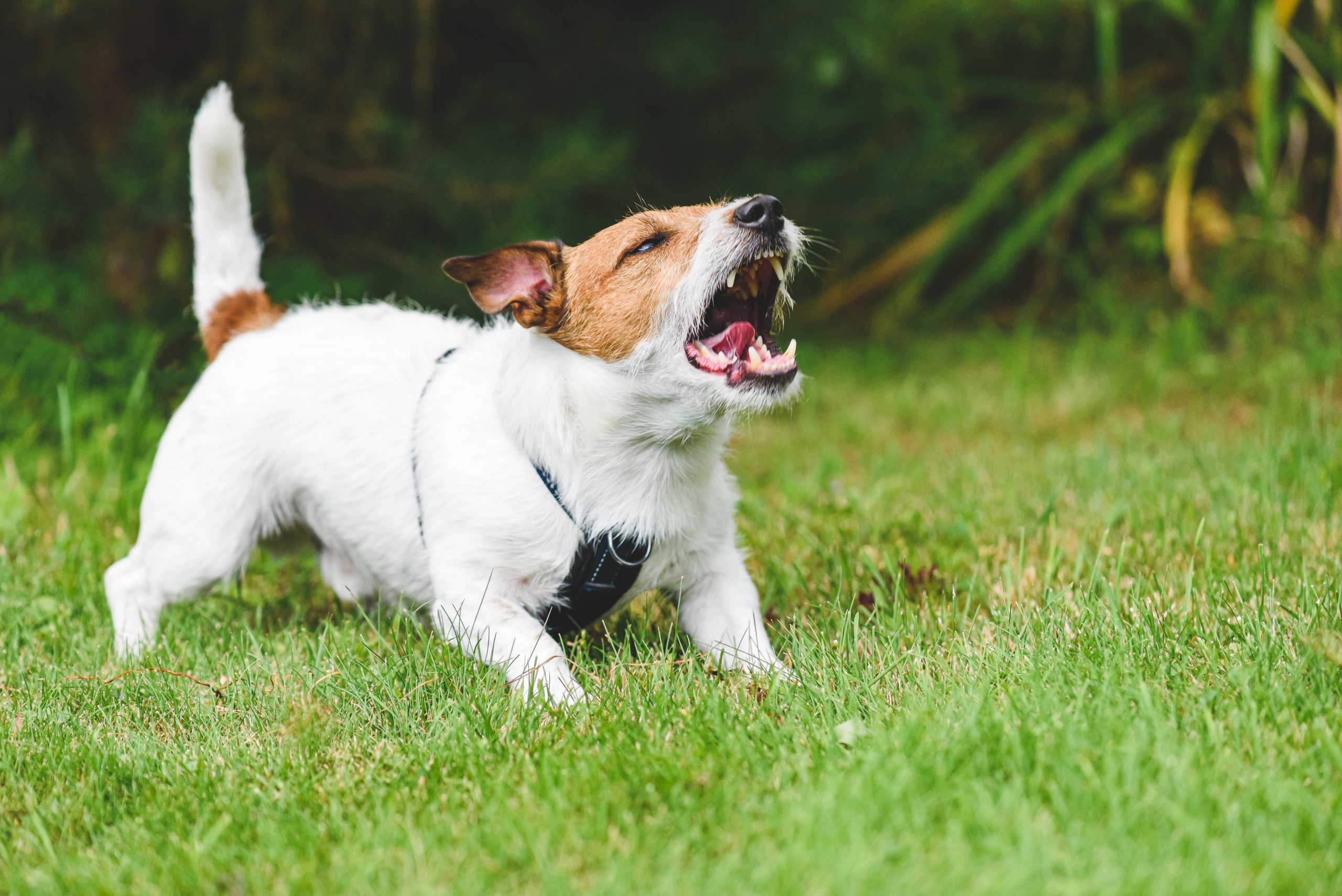 Shutterstock
Shutterstock
If your dog is barking or whining more than usual, especially near doors or windows, it could be a sign that it’s itching to get outside. Dogs often vocalize to express frustration, excitement, or boredom, and these feelings can build up if they’re not getting enough outdoor time. Regular trips outside allow them to explore and experience new smells and sights, satisfying their curiosity and reducing their need to “complain” through barking or whining.
Restlessness and Pacing
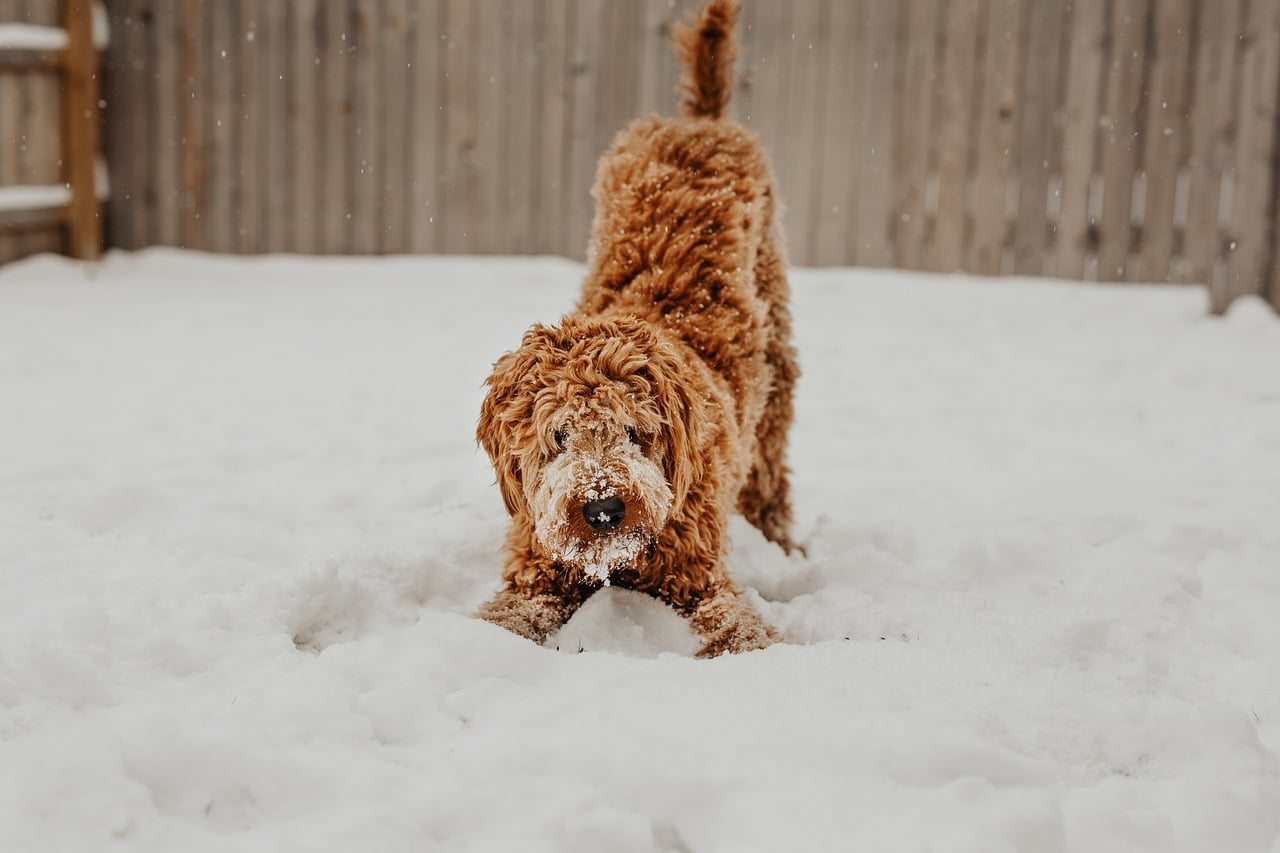 Shutterstock
Shutterstock
When dogs feel cooped up, they may start pacing around the house or seem restless. This behavior often indicates that they have excess energy they need to burn off. Dogs are natural explorers, and the outdoors provides mental and physical stimulation to help them relax once they’re back inside. If you notice your dog constantly moving around without settling, it might be time for a longer or more frequent outdoor excursion.
Destructive Behavior
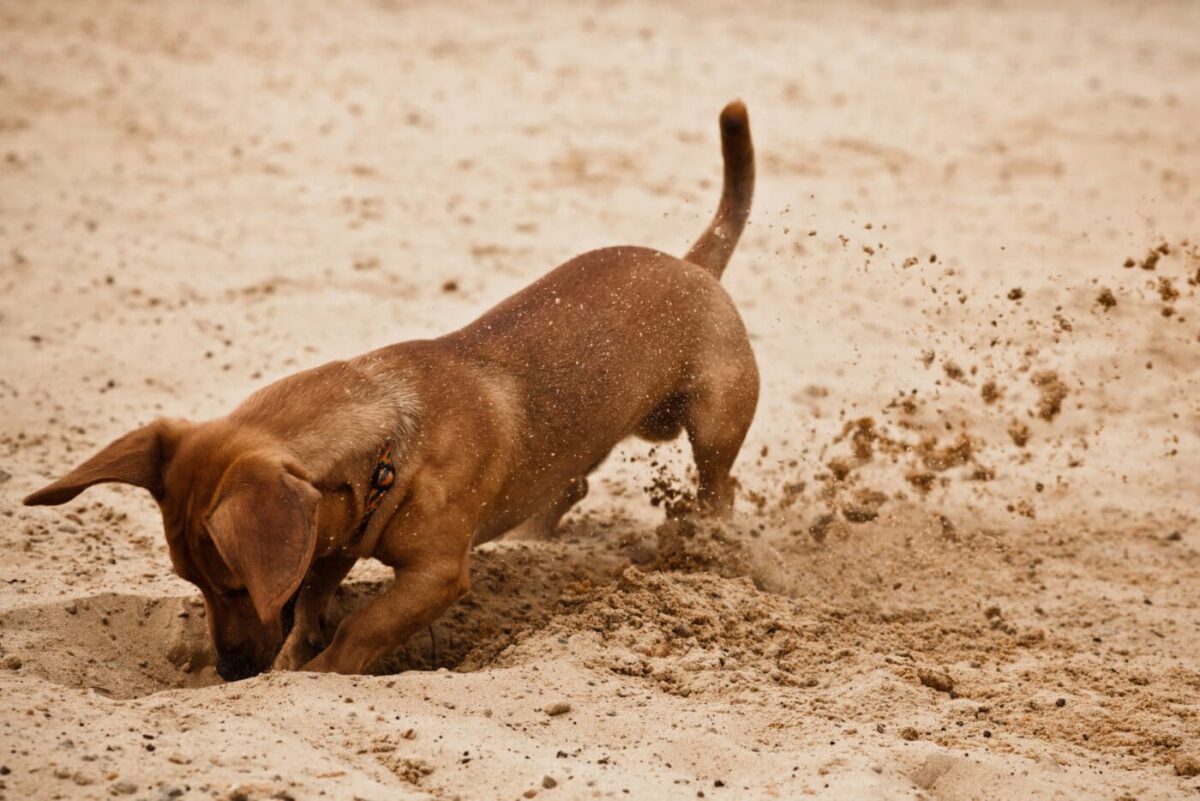 Shutterstock
Shutterstock
Chewing, digging, and scratching furniture are classic signs of a dog who needs more stimulation and exercise. When dogs don’t get enough time outside to release their energy, they might channel it into activities that aren’t so house-friendly. Giving your dog more outdoor time provides a healthy outlet for this energy, reducing the likelihood of destructive behavior. A long walk, some playtime at the park, or even a backyard romp can make a difference.
Weight Gain
 Shutterstock
Shutterstock
If your dog is gaining weight despite being on a balanced diet, it could be due to a lack of exercise. Dogs need regular physical activity to stay in shape, just like humans. Outdoor activities such as walking, running, or playing fetch help keep their weight in check and prevent obesity-related health issues. If you notice your dog’s waistline expanding, increasing their outdoor time could help get them back to a healthy weight.
Frequent “Zoomies” Indoors
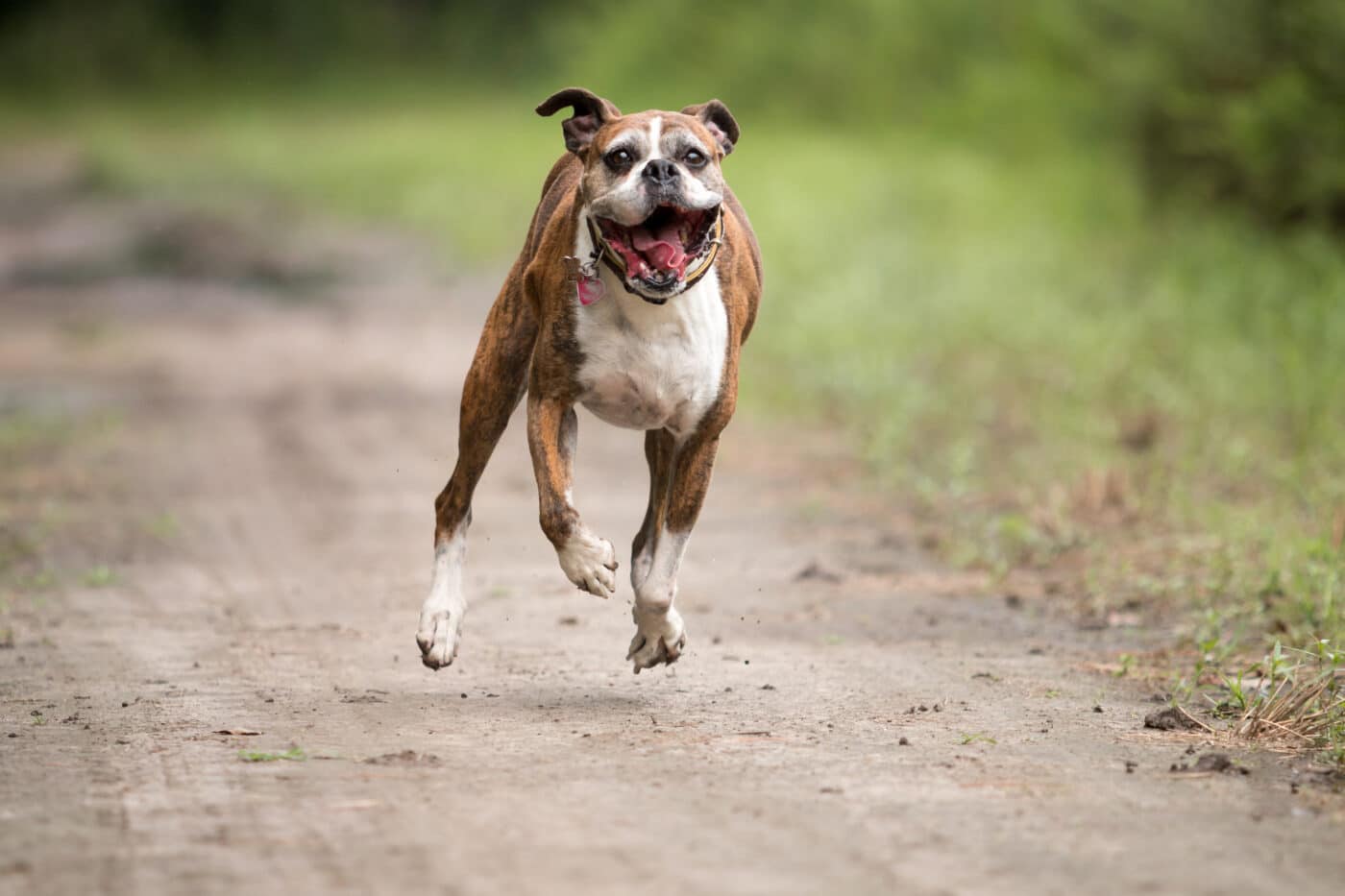 Shutterstock
Shutterstock
The “zoomies”—or sudden bursts of energy where your dog sprints around the house—are often a sign of pent-up energy. While zoomies are normal and can be amusing, frequent episodes may indicate that your dog isn’t getting enough exercise outside. Regular outdoor playtime provides an outlet for this energy, allowing your dog to burn it off in a natural environment. If your dog is zooming around the house daily, it might be a hint that they need more outdoor adventures.
Excessive Sniffing at the Door
 Shutterstock
Shutterstock
Dogs have an incredible sense of smell, and they use it to understand their environment. If your dog spends a lot of time sniffing around doors, windows, or any place that connects to the outdoors, it might be longing to explore those scents firsthand. Regular outdoor time lets them satisfy their curiosity and experience the world through their keen sense of smell, reducing the need to sniff around indoors constantly.
Becoming Overly Attached or Clingy
 Shutterstock
Shutterstock
Dogs not getting enough mental and physical stimulation outside may become overly dependent on their owners for attention and entertainment. If your dog is following you around obsessively or constantly seeking your attention, it could be because they’re not getting enough outdoor time. Giving them time outside can provide the stimulation and freedom they need, helping them become more relaxed and independent indoors.
Increased Anxiety or Nervousness
 Shutterstock
Shutterstock
Some dogs develop signs of anxiety or nervousness when they don’t get enough exercise or outdoor stimulation. You might notice behaviors like pacing, whining, or even trembling. Outdoor time allows dogs to explore, release tension, and reset their mental state. If your dog seems on edge, increasing their outdoor time can work wonders in helping them feel more at ease and relaxed once they’re back indoors.
Ignoring Toys and Indoor Play
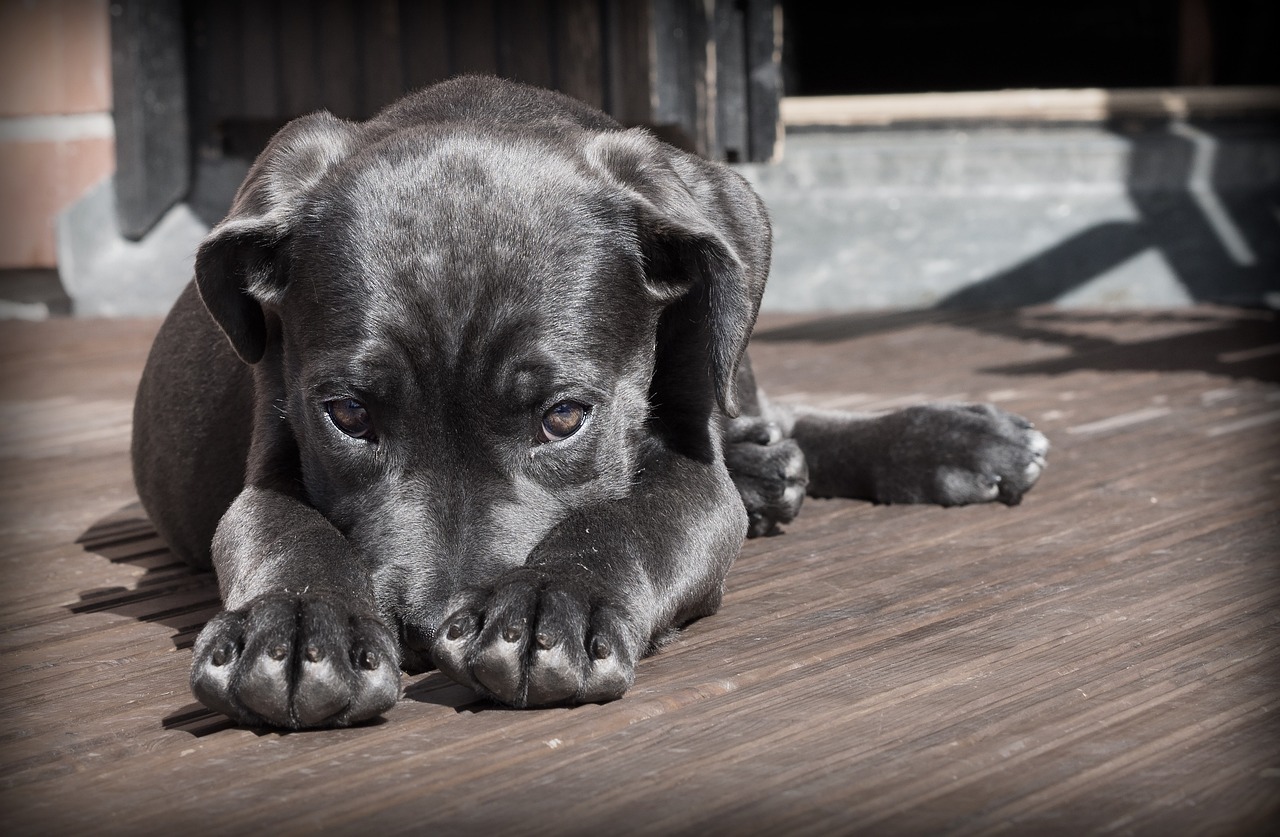 Shutterstock
Shutterstock
If your dog suddenly loses interest in their toys or seems bored with indoor games, it could be a sign they’re craving something more stimulating. The outdoors offers new and changing environments that can’t be replicated inside. When dogs experience the excitement of new smells, sights, and sounds, they’re more likely to return home satisfied and engaged. An outdoor adventure could rekindle their enthusiasm if your dog seems disinterested in indoor play.
Pulling on the Leash Constantly
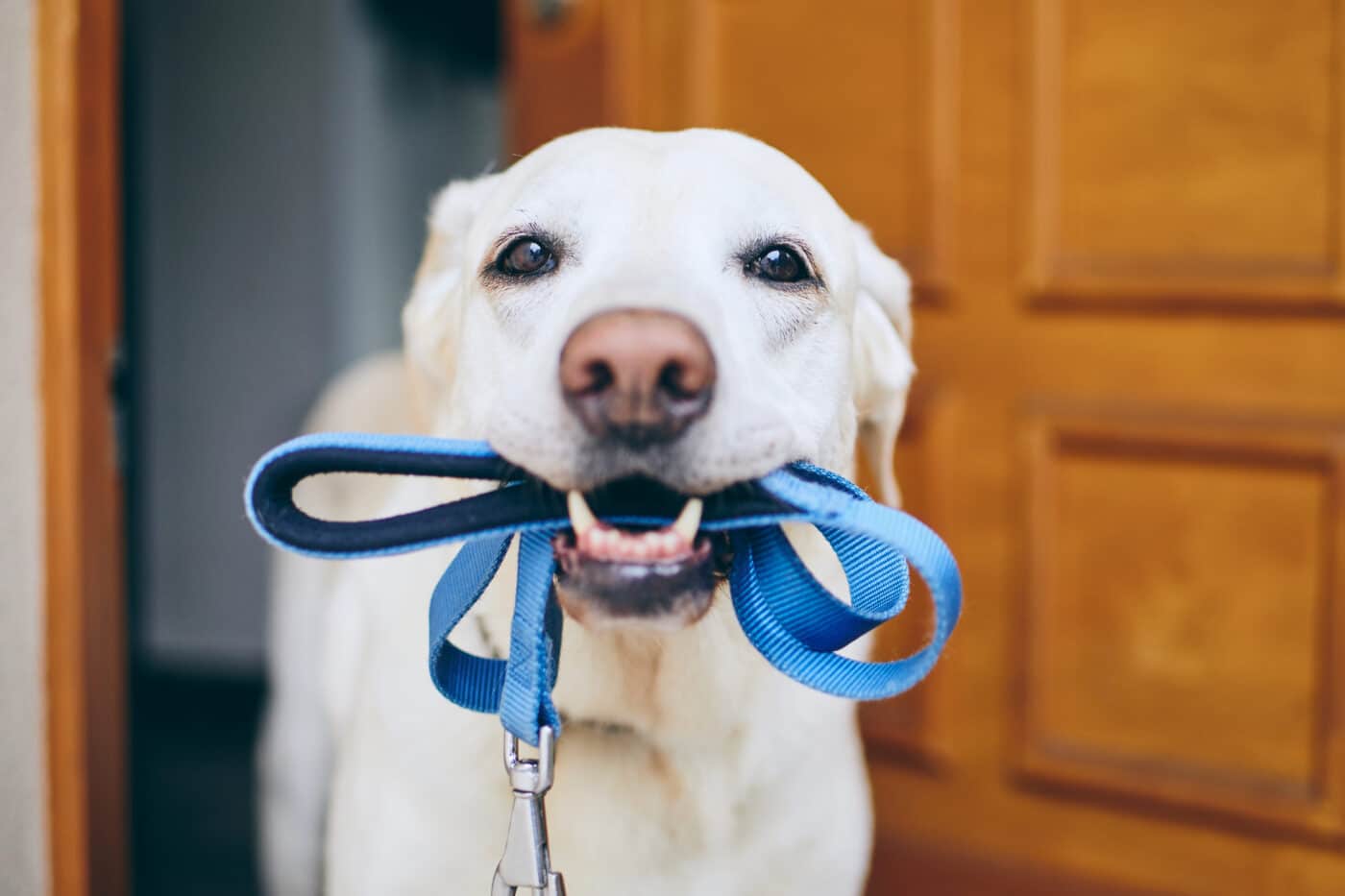 Shutterstock
Shutterstock
If your dog is overly eager to get outside and pulls on the leash the moment you step out the door, it might be a sign they’re not getting out enough. Leash pulling often indicates excitement and a buildup of energy. Taking your dog outside more frequently can help them relax and enjoy the experience, leading to better leash manners over time. The more they experience the outdoors, the less they’ll need to rush through it.
When in Doubt, More Sniffing Adventures Await
 Shutterstock
Shutterstock
If your dog shows any of these signs, it may be time to plan extra outdoor adventures. Dogs love nothing more than sniffing, exploring, and enjoying the world around them—so let’s ensure they get plenty of chances to do just that! Grab the leash, lace up your shoes, and let your pup enjoy the fresh air they crave. Who knows? Those extra outings might be a refreshing boost for both of you, bringing joy and calm to your days together!

 3 weeks ago
8
3 weeks ago
8


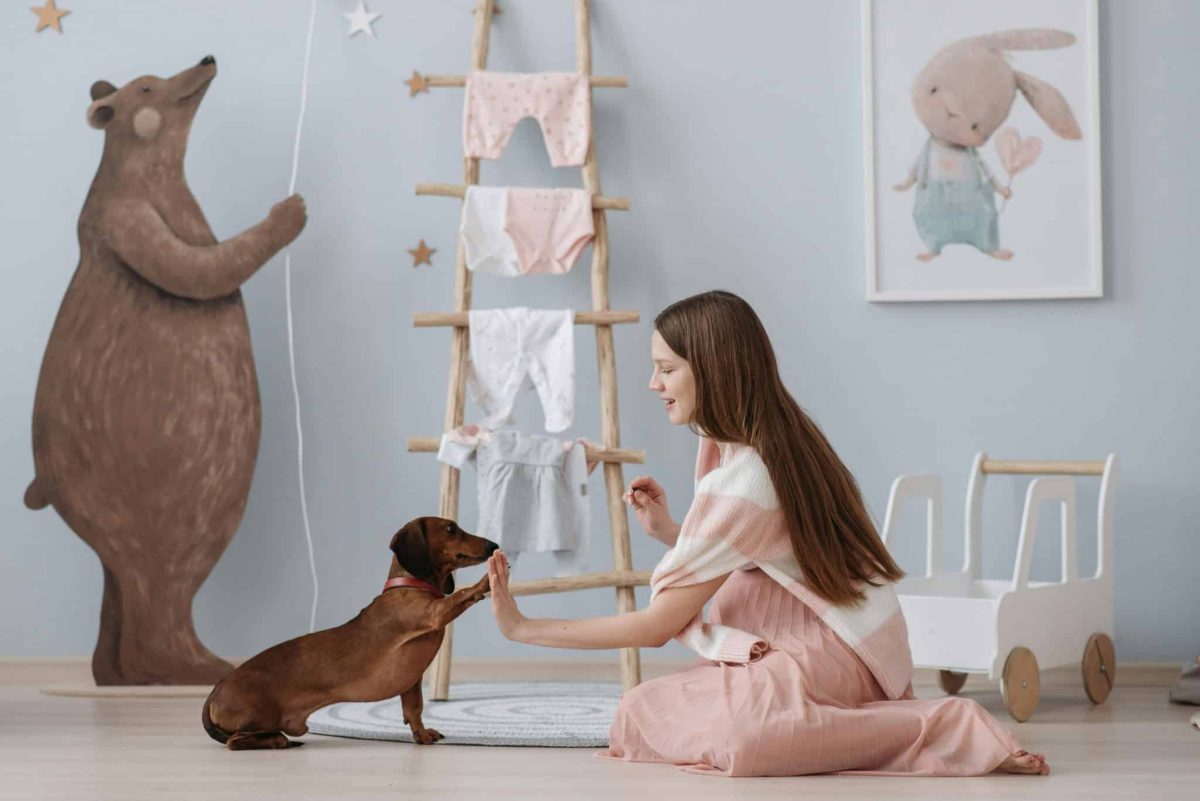
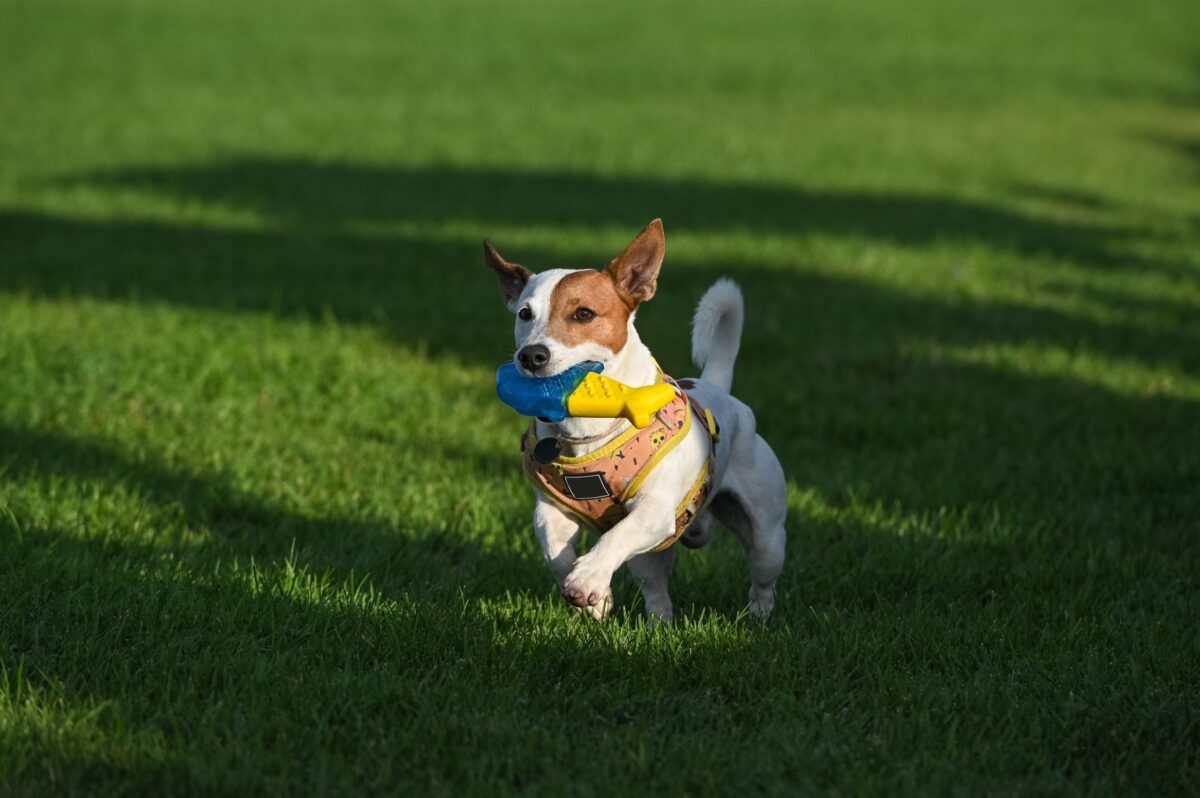


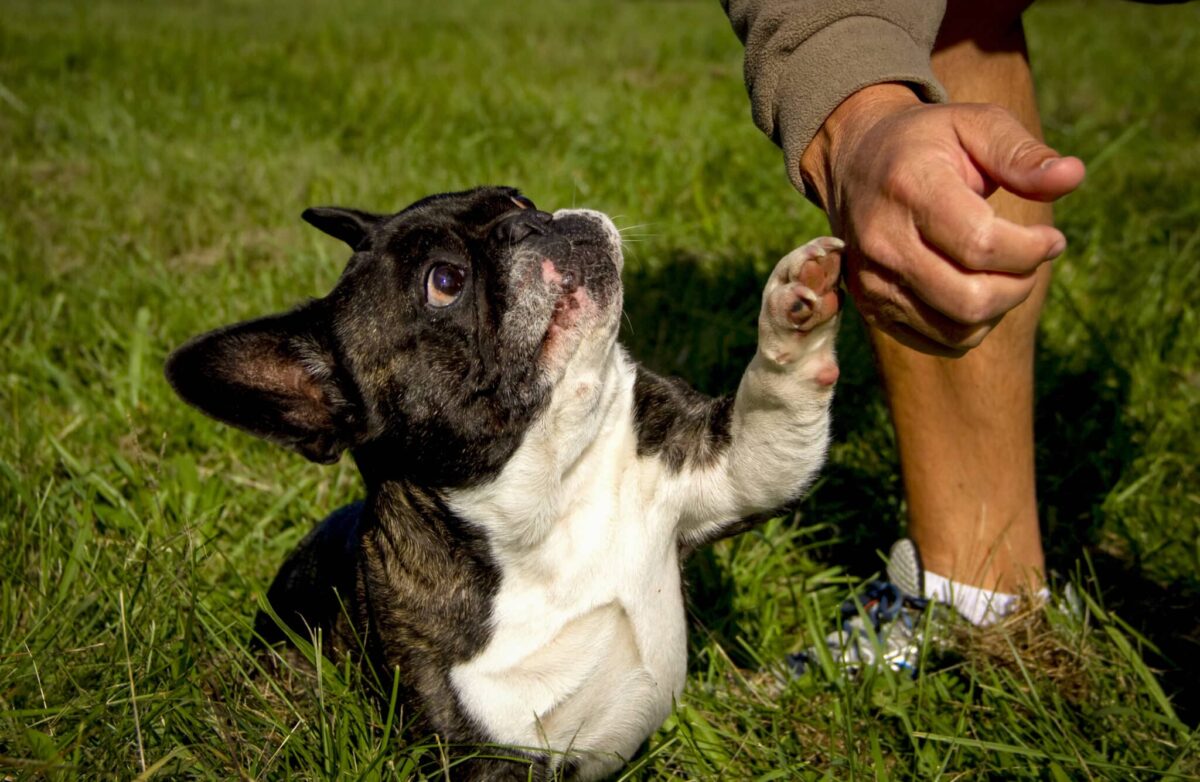











 English (US) ·
English (US) ·